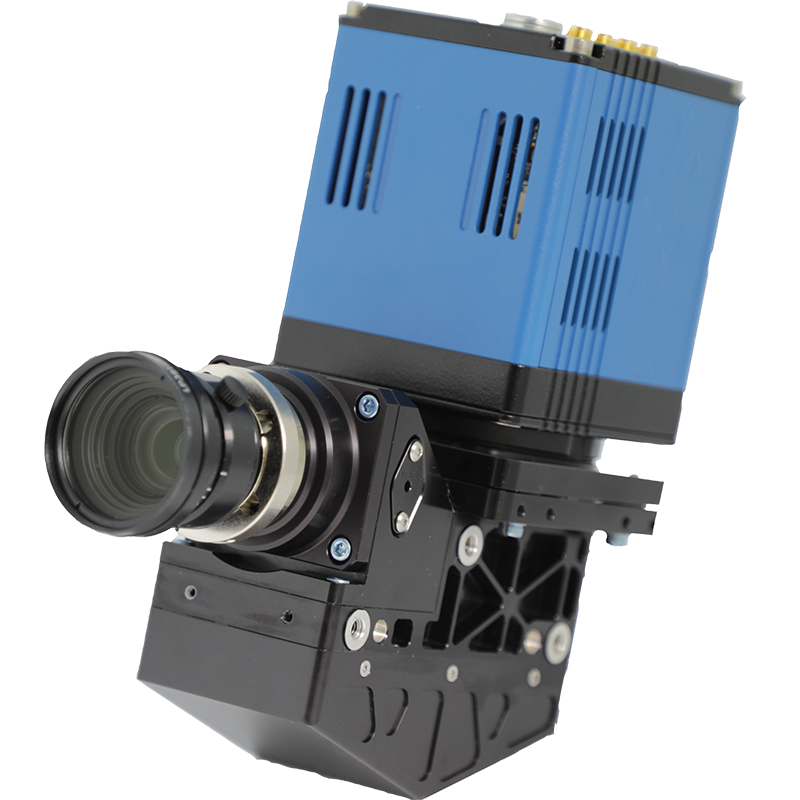See the Invisible
Hyperspectral imaging is extremely valuable to the field of artwork analysis and conservation. Using this non-invasive technique, researchers can see the invisible. Even faded, damaged, altered, or restored artifacts usually exhibit spectral differences.
See how Operation Night Watch by Headwall customer The Rijkmuseum in Amsterdam used Headwall’s hyperspectral imaging sensor the SWIR 640 to assess the condition of Rembrandt’s “Night Watch” so that an ideal treatment plan could be developed and implemented.

Hyperspectral imaging also affords forensic scientists unique advantages in non-invasive analysis of evidence, documents, artifacts, or other objects of interest. Forensic teams are able to more thoroughly evaluate crime scene evidence that can determine the uniqueness of these samples.
Counterfeit documents and goods that may appear genuine to the naked eye or to conventional imaging techniques can be examined and verified or exposed in a non-contact way.
Case studies

Spectral Imaging for Cultural Heritage
The science of spectral imaging in the infrared ranges is extremely valuable to the field of artwork analysis and conservation. It is a non-invasive, non-contact means by which complete spectral data is collected for every pixel within the field of view across hundreds of narrow, contiguous spectral bands within the range of interest.



